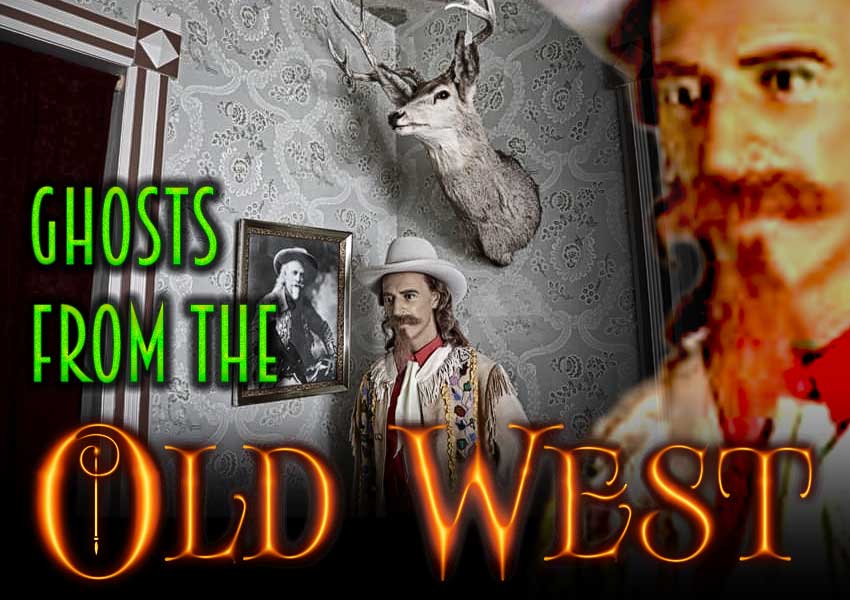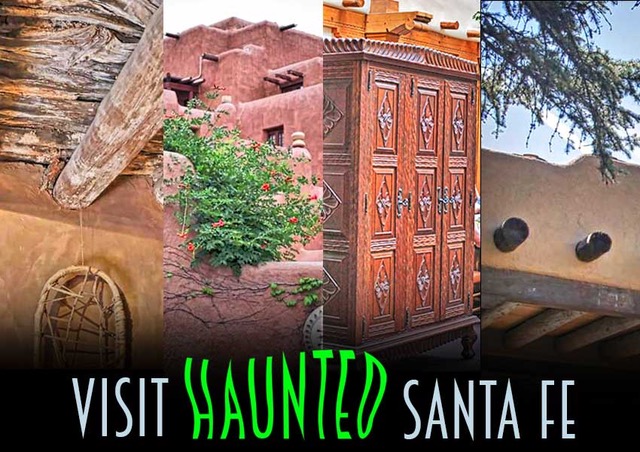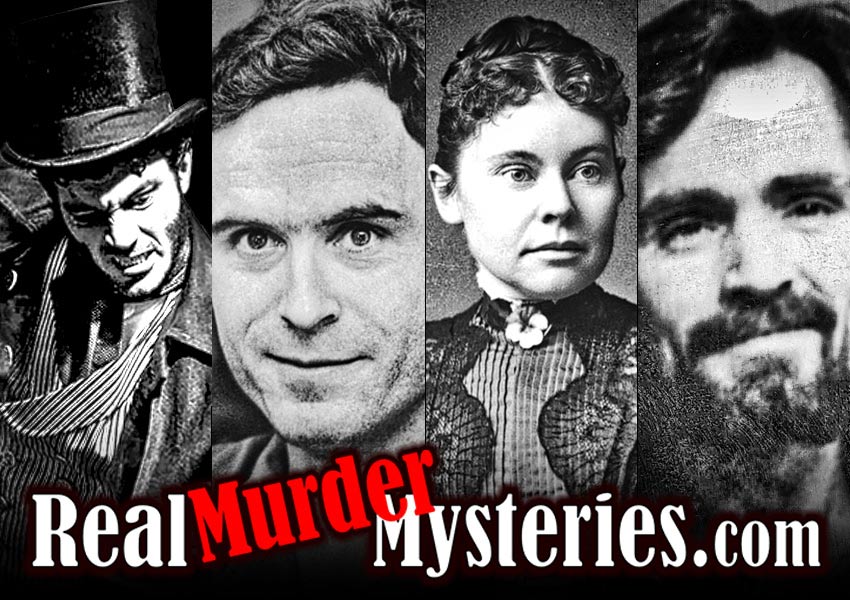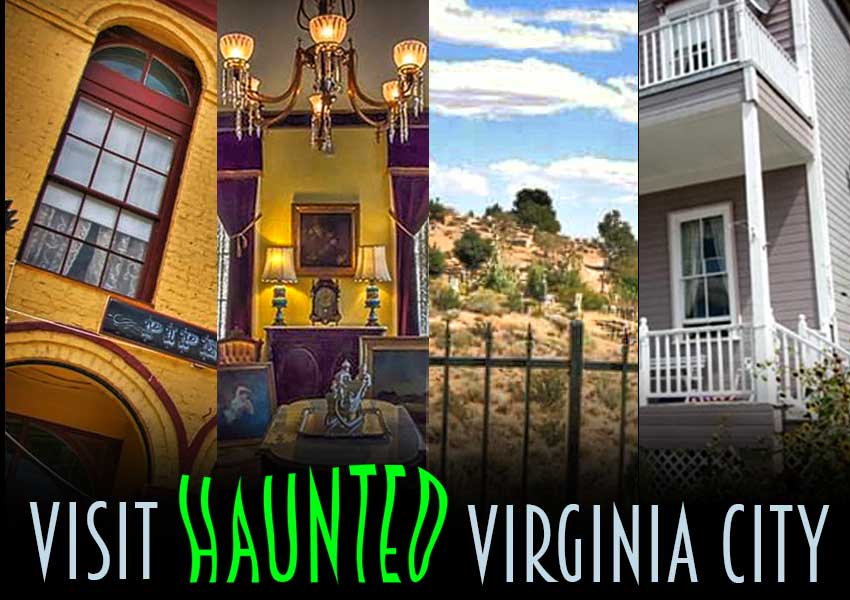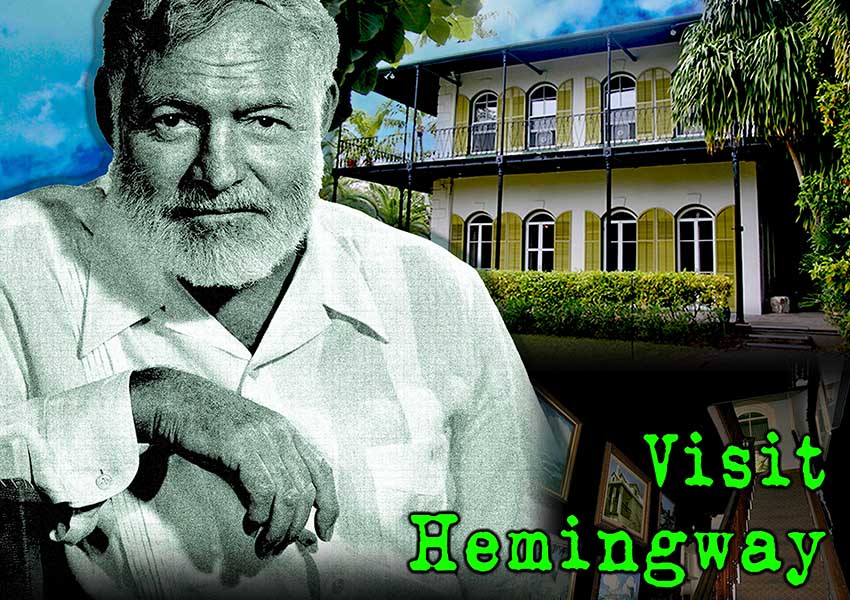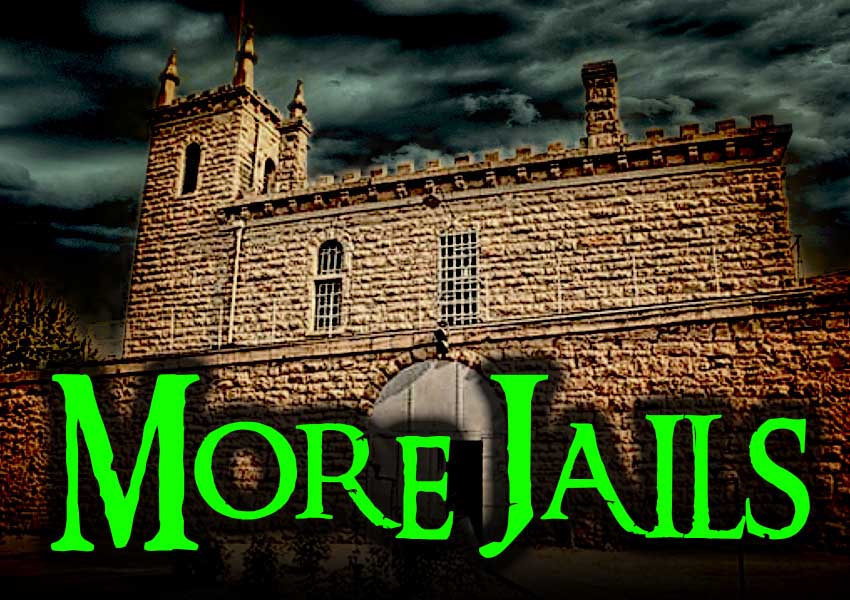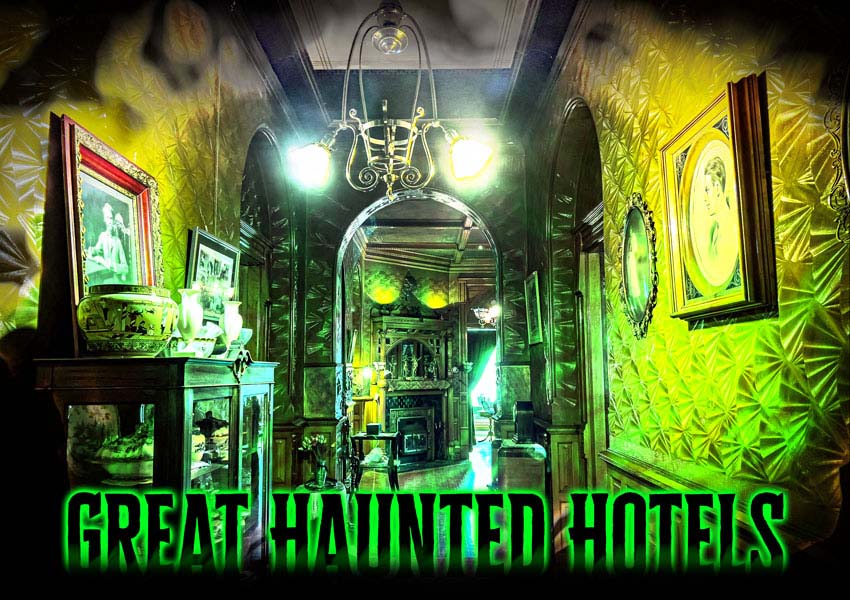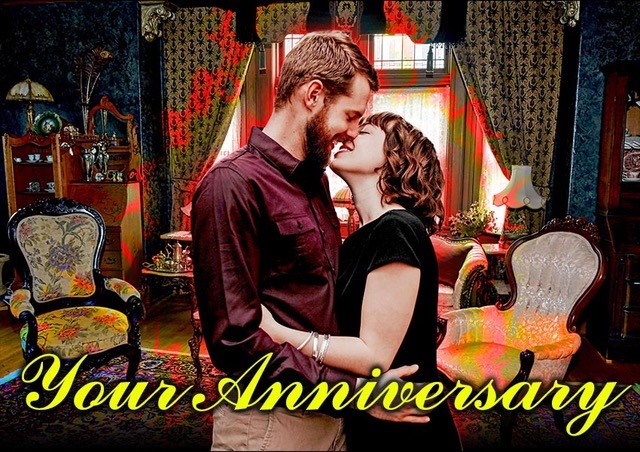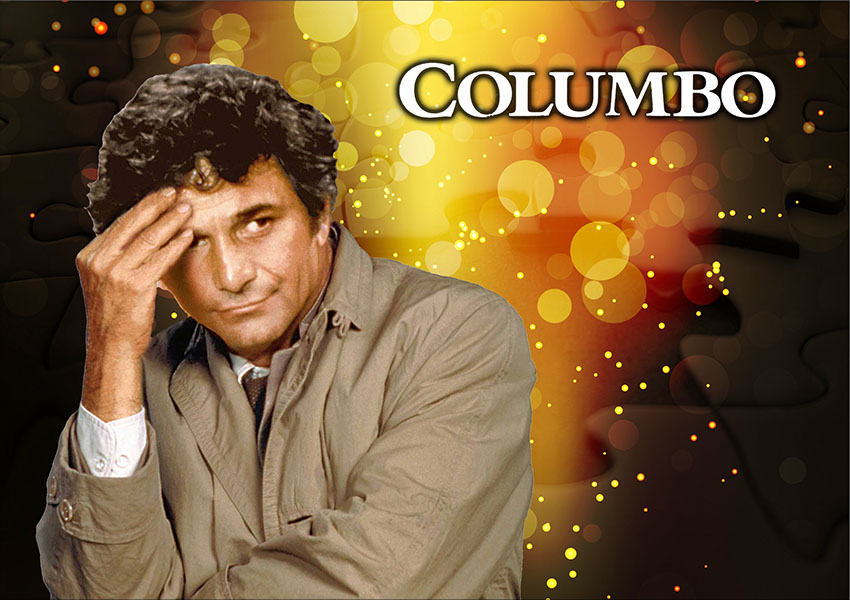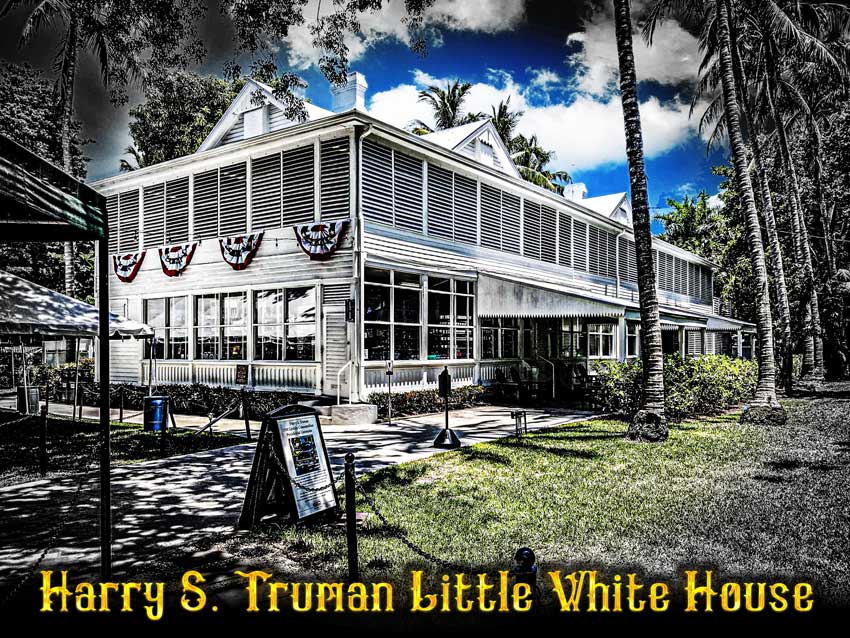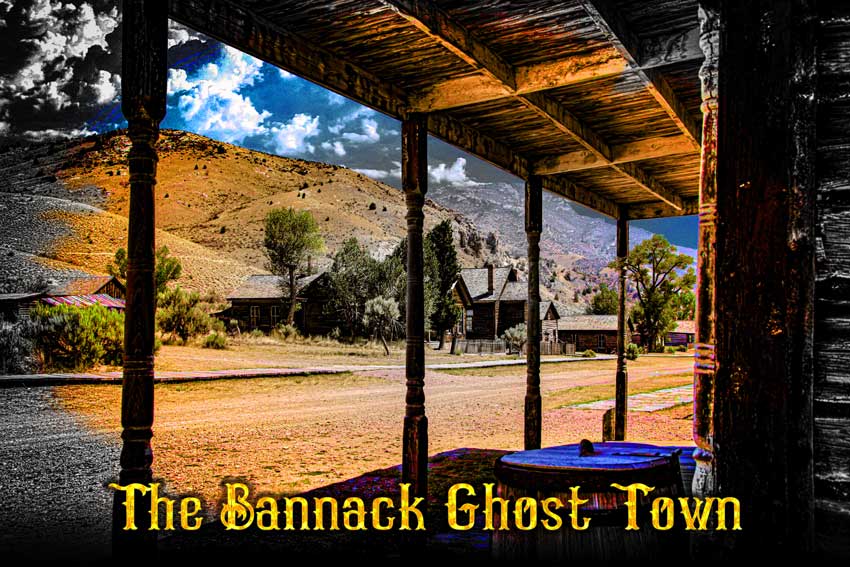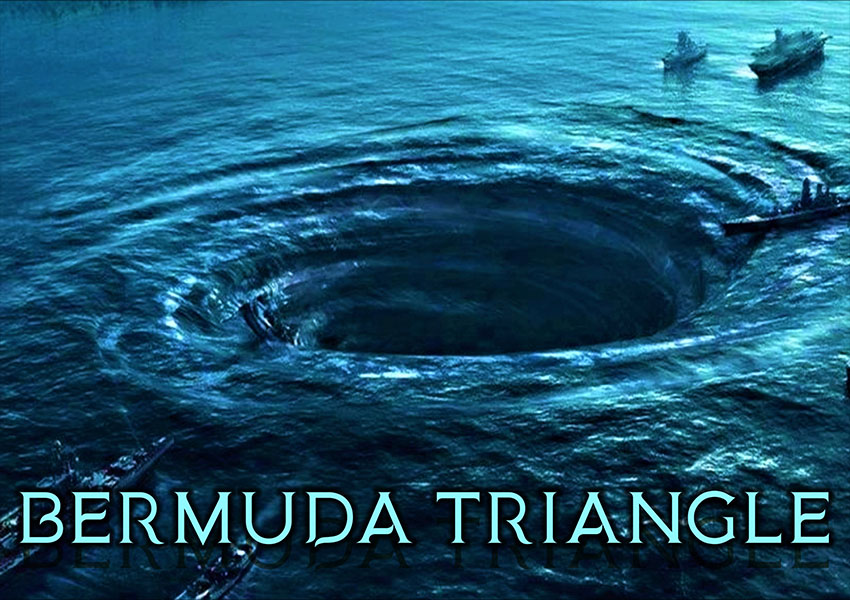San Luis Obispo California
Mission San Luis Obispo de Tolosa


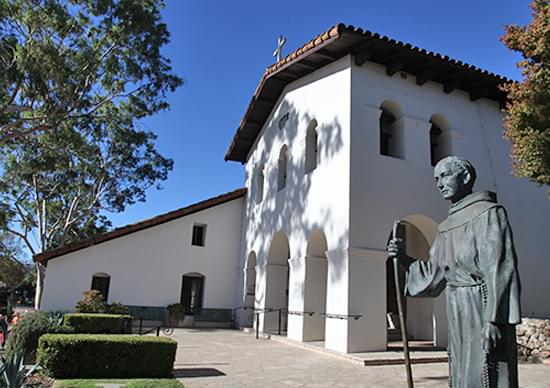

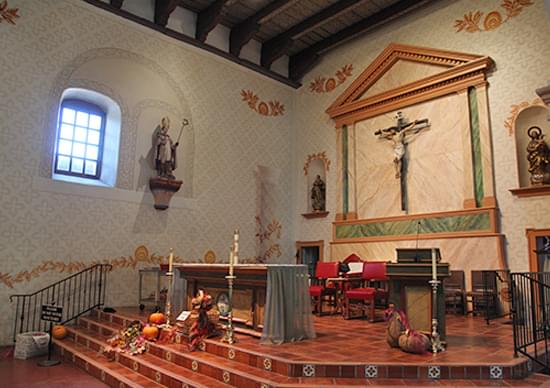
A strong presence still resides at the mission…
DESCRIPTION
Nicknames: “PRINCE OF MISSIONS * MISSION IN THE VALLEY OF THE BEARS * ACCIDENTAL MISSION
Mission San Luis Obispo de Tolosa is a Catholic Church that has a long and historic past, being one of the California missions started by Fr. Junípero Serra. The church buildings are set around a quadrangle in the middle where a lovely garden brings beauty and history to the parishioners and visitors alike. You can see the original bells from Peru on display.
The buildings and church were restored years ago by die-hard preservationists who worked diligently to restore many of California’s Missions to their historic glory.
One of the unique features of the Mission San Luis Obispo de Tolosa is its sanctuary. The main nave is short and narrow, like many of the other mission churches, but also has a secondary nave of almost equal size located to the right of the altar. This creates the only L-shaped mission church, a unique building, unlike any other California Mission Church. The sanctuary is glorious with some of the original decor once hidden under plaster nicely restored. Other decor has been painted to match the mission’s historical aura. There are many older church antiques, paintings and religious statues, perhaps replicas of what was here before, others perhaps the original pieces.
Another unique feature is the layout of the belfry and vestibule which is unique to California’s missions. The distinctive front façade, which also serves as the church’s belfry, has been demolished and rebuilt more than once. One well-meaning renovation added a New England steeple instead. It is pleasing to see it as it was envisioned by the 1794 builders.
Today, the Padre’s Quarters have been made into a museum, detailing the historic life of the mission and of the local Chumash Native Americans, who were here before the Franciscans came to start their Mission San Luis Obispo de Tolosa.

HISTORY
San Luis Obispo was first discovered by soldiers who had come down from the Presidio at Monterey to hunt Grizzly Bears for food. The Chumash Native Americans were overjoyed because the soldiers killed a lot of the bears that had always terrorized them. They were friendly toward the soldiers, grateful to them. The soldiers called this area, la Canada de los Osos (Valley of the Bears.) Because of the surplus of natural resources, good weather, and the friendly Chumash, who would be willing to help with the building, San Luis Obispo became a location of interest for the next mission.
It was the 5th Spanish Mission established by Father Junípero Serra, from the Franciscan Order from Spain, on September 1st, 1772, and it was named for Saint Louis of Toulouse, France. That same day, a cross was placed by the San Luis Obispo Creek, and Father Serra said the first Mass. He then left for San Diego, leaving Father Jose Cavalier, Father Anthony and five soldiers for security to stay behind to start building Mission San Luis Obispo de Tolosa.
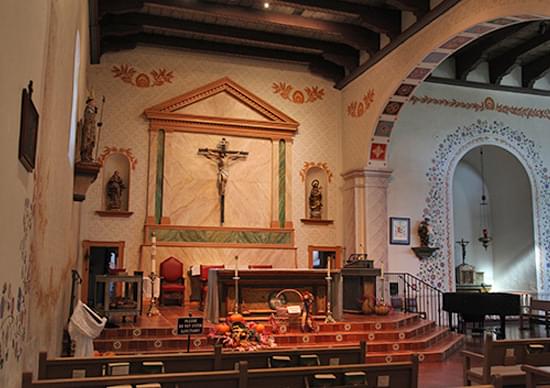
With the help of the Chumash tribe, they made temporary buildings, but they were burned down by other not-so-friendly tribes who wanted the Spanish out. So, it was back to the drawing board for the Franciscans, who had to learn how to make their own tile and adobe bricks. By the 1790s the mission could produce enough tile to roof mission buildings, and the construction to improve the mission began.
Starting in 1794, extensive building construction began: a new church with a new tile roof, numerous buildings for new Indian converts, as well as many improvements and additions to their beloved mission. In 1819, the quadrangle was finished. A year later, two mission bells arrived from Lima, Peru, and a large celebration took place.
From 1804 through 1832, Mission San Luis Obispo de Tolosa grew 167,000 bushels of wheat, barley, corn, beans, peas, and lentils on their acres of land. They had the highest production of wheat of any California mission church. While this mission didn’t suffer any earthquakes or face more Indian attacks, its success wasn’t to last, due to the political agenda of the newly independent Mexican government. They looked at the California missions as a Spanish influence that they wanted to eradicate. So, they started the process.
After the Mexican Secularization Act of 1833, Mission San Luis Obispo de Tolosa’s highly successful farmlands were taken away and put into land grants, leaving the mission having to rent rooms in order to keep their church open and serving. The Mission buildings fell into disrepair, becoming fixer-upper opportunities.
The end of the Franciscans was also near. In 1830, Fr. Luis Gil Y Taboada took over the mission, but died three years later in 1833, leaving Fr. Ramon Abella to face the challenges of the era. In 1842, Fr. Ramon Abella died, the last Franciscan at this mission.
In 1845, Governor Pio Pico finally went after all the mission church buildings, declaring them for sale. He sold everything that was connected to Mission San Luis Obispo de Tolosa, except the Church building. Perhaps the people who lived here had a fondness for the mission, considering it a landmark. New uses for the building were found, so it was still viable.
During the war with Mexico, John C. Fremont and his California Battalion used the Mission as a base of operations in 1846, probably making needed repairs as well. After the war, The Mission became the first courthouse and jail in San Luis Obispo County. Locals continued to find new ways to use it, while maintaining it at the same time.
Happily, in 1859, the Mission was returned by the Federal Government to the Catholic Church, under the Diocese of Monterey. The Mission once again became a Catholic Church, serving the people of San Luis Obispo.
In 1872, the 100th anniversary of the mission spurred on some enthusiasm to renovate and restore it. The strongest restoration efforts started in 1933. By then, the mission had shrunk to include just the church, a small open space for a garden, and the Padre’s Quarters. Many of the original buildings were in private hands, but still standing.
The Mission has been going strong ever since. They have a faithful congregation, a strong outreach program and a museum to help bring in funds. While the city of San Luis Obispo has grown up around them, they still take up a large property and make good use of the space.
Apparently, not only the living are faithful and worship here. The living priests and their parishioners have friendly help from the spirit world.
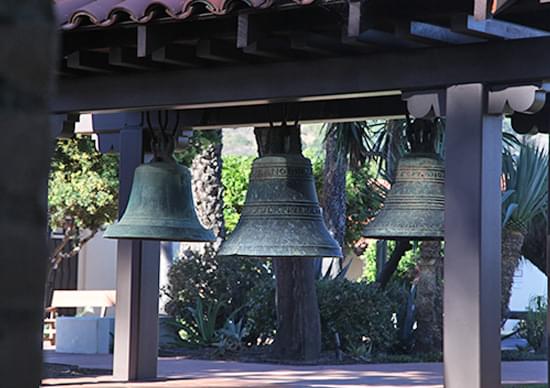
HISTORY OF MANIFESTATIONS
People with a dedicated passion to their life of service to others, and to the Lord, sometimes want to find ways to continue to support their life’s work even when they are spirits.
Apparently, a former Friar is still serving his mission church as best he can, even as a spirit. Other spirits of other Franciscan brothers may have joined him as well.
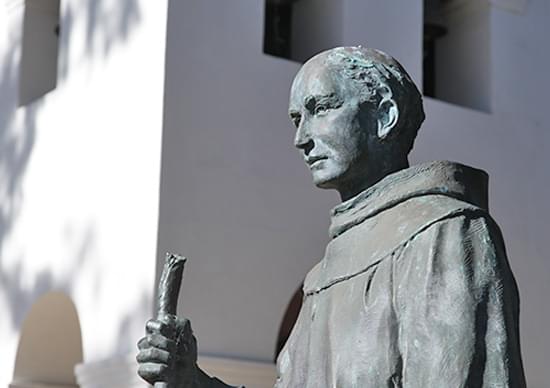
People who lose valued places in their lives due to circumstances beyond their control, are drawn back to them in this world when they are restored physically. They want to make up for the lost time they were denied while they were alive. They continue happily in their former lives, doing their routines, handling their old responsibilities the best they can without a body. They try to make sure that these circumstances don’t happen again.
In 1833, the Friars must have seen the writing on the wall about the demise of their mission. Despite this, they rented out rooms to eke out enough of a living to continue their calling.
In 1845, when the Mexican governor declared that all missions had to be secularized and eventually sold, most of the Spanish Fathers were sent home.
People who die prematurely before accomplishing what they wanted to do sometimes like to come back and finish their work, or help the living in any way they can.
Fr. Luis Gil Y Taboada died after only three years at the helm, in 1833, during a terrible time for the mission when their land was being confiscated. Perhaps he thinks that he may have made a difference if he hadn’t died. He wasn’t finished.
Fr. Ramon Abella died in 1842, three years before the mission closed as a place of worship and outreach. He wasn’t finished either.
MANIFESTATIONS
The spirit of at least one Franciscan Friar resides here, a strong, known presence. The spirits of all the Friars may be here, trying to contribute something to ensure their church continues, including possibly Father Luis Antonio Martinez, and/or Fr. Luis Gil Y Taboada , and/or Fr. Ramon Abella, and/or the Friars who found ways to keep the doors open after losing their farmland.
I couldn’t find any hard evidence posted on line from anyone; professionals or amateurs.
The personal experiences mentioned below have been reported by people for a long time.
The Spirit of a Franciscan Friar Praying
One of the things this Friar can still do without a body is pray, and/or lead prayers of the other spectral Friars, seeking the Lord’s protection and guidance for priests and parishioners.
Apparently he is still praying in Spanish for this church and congregation. Other unseen Friars may be praying with him.
The Spirit of a Franciscan Friar Gardening
This father may have been in charge of the gardens. He also continues to monitor the living, a true team player, showing himself to witnesses.
His faceless apparition has been seen in the full moon light, inspecting the gardens.
The Spirit of a Franciscan Friar Supervising
He keeps an eye on what the living are doing inside the buildings as well, looking over the inside of the mission, making sure all is right.
STILL HAUNTED?
Probably so, and maybe by more than one spirit. While only one spirit has been seen, others may be there as well, but haven’t let anyone see them.
They all may be praying for this present church and the Padres who serve here.

LOCATION
751 Palm Street
San Luis Obispo, CA 93401
Mission San Luis Obispo de Tolosa is located in the historic downtown section of San Luis Obispo. The Mission property sits nicely between Palm Street and Monterey Street (East/West) and Churro Street and Broad Street (North and South).
Parish Office hours: Weekdays 9am – 5pm. Please call 805-543-6850 for further information on visiting the mission.
SOURCES INCLUDE
- “San Luis Obispo County Ghosts” on Weird California
- Mexican secularization act of 1833 on Wikipedia
- “Mission San Luis Obispo de Tolosa: The Fifth California Mission” on California Through My Lens
- “San Luis Obispo de Tolosa” page on California Missions Foundation
- California Missions Foundation Home page
- Mission San Luis Obispo de Tolosa page on Wikipedia
- “A merger of past and present at Mission San Luis Obispo de Tolosa, California” on Exploration Vacation, by Cindy Carlsson – TheTravelGal, retrieved October 9, 2018
Our Haunted Paranormal Stories are Written by Julie Carr
Our Photos are copyrighted by Tom Carr



